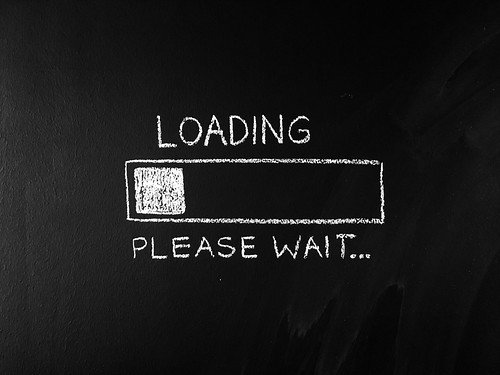Optimizing Website Speed


Quick Navigation
Your website is one of the primary ways you can interact with potential customers, facilitate sales, and present a cohesive brand image for your company. It’s important to make sure it runs properly to capture all potential sales and make sure that website visitors get the information they are looking for. Luckily, you don’t have to be a tech expert to optimize your web pages and improve your overall website speed.
Website speed refers to how long it takes for your webpages to load. Some pages on your website may take longer to load than others, depending on the contents of the page. You can measure your website’s speed in a few different ways, including how long it takes for the page to completely load, how long it takes for your webpage to start loading, and how long it takes for users to be able to interact with your website’s content.
For example, a user might be able to start reading the text of a blog post on your page before all of the images load. Using speed tests to determine the above website loading times can help you decide where and how to start the optimization process.
Modern web users expect websites to load quickly so they can access the products, services, and information they are looking for. Having a slow website can make your website harder to use and result in lost business. There are several reasons why you should pay attention to your website’s loading speed, including:
Website speed is one of the factors search engines use to determine where your website ranks on the search results page. Search engines usually use a combination of initial loading speed and full loading speed to determine if your website is fast enough to be a useful resource. Having a slow website could result in your webpages getting a much lower SEO ranking, making it harder for your potential customers to find your website in the first place.
Modern web users expect their websites to load within a few seconds, giving you an extremely short time frame to catch their attention. When customers have to wait a long time for a webpage to load, they have more opportunities to get distracted or frustrated and end their browsing session. Customers tend to spend more time on sites that load quickly and may be more likely to make a purchase due to the positive user experience of a fast website. Even a few seconds can be the difference between a customer deciding to check out on your website or exiting your page to shop with a competitor instead.
Even if customers decide to wait for a slow website to load, they could still get a negative impression of your business. Just like restaurant patrons don’t want to wait a long time to place their order, website visitors want to be able to browse your page without barriers like long wait times. This can make current customers feel frustrated and give off an unprofessional impression to other visitors.

Image via Flickr by Jan Persiel
To start speeding up webpages on your site, implement these optimization best practices:
If you’re serious about improving user experience on your website, you have to test your website’s speed properly. Be aware of these common pitfalls when testing your website speed to ensure you get accurate results:
Having a clean and accessible website is one of the best ways to market your business online. Get the most out of your website by using online tools to test its speed then immediately addressing various factors that could be slowing down your page.